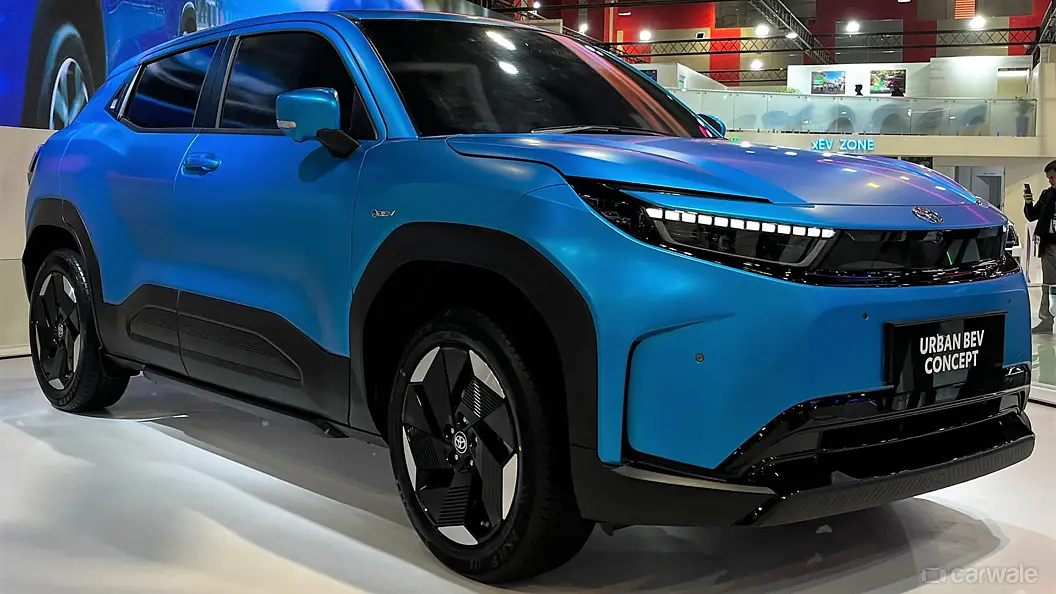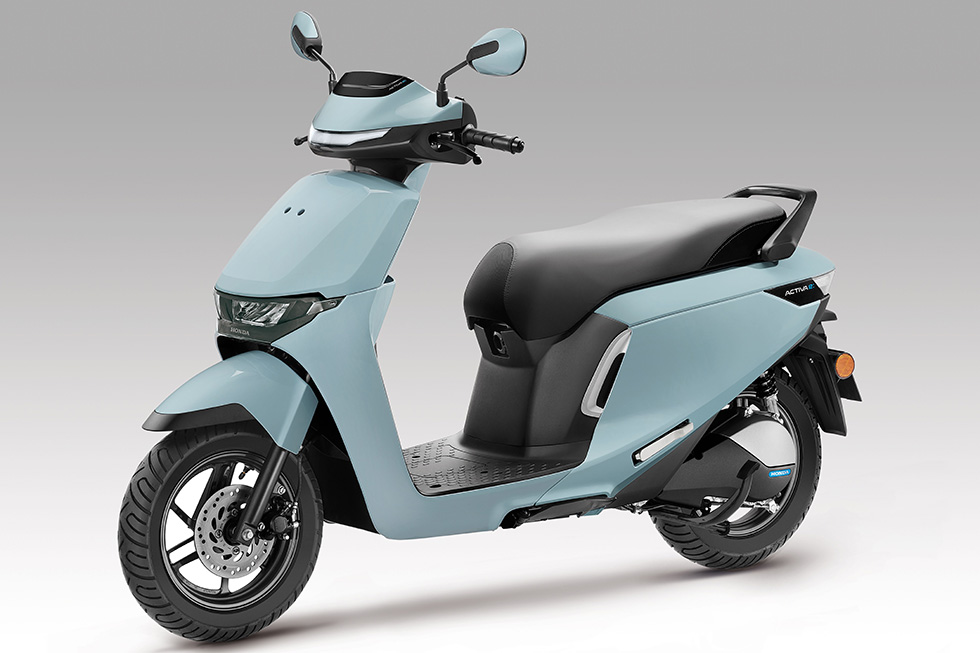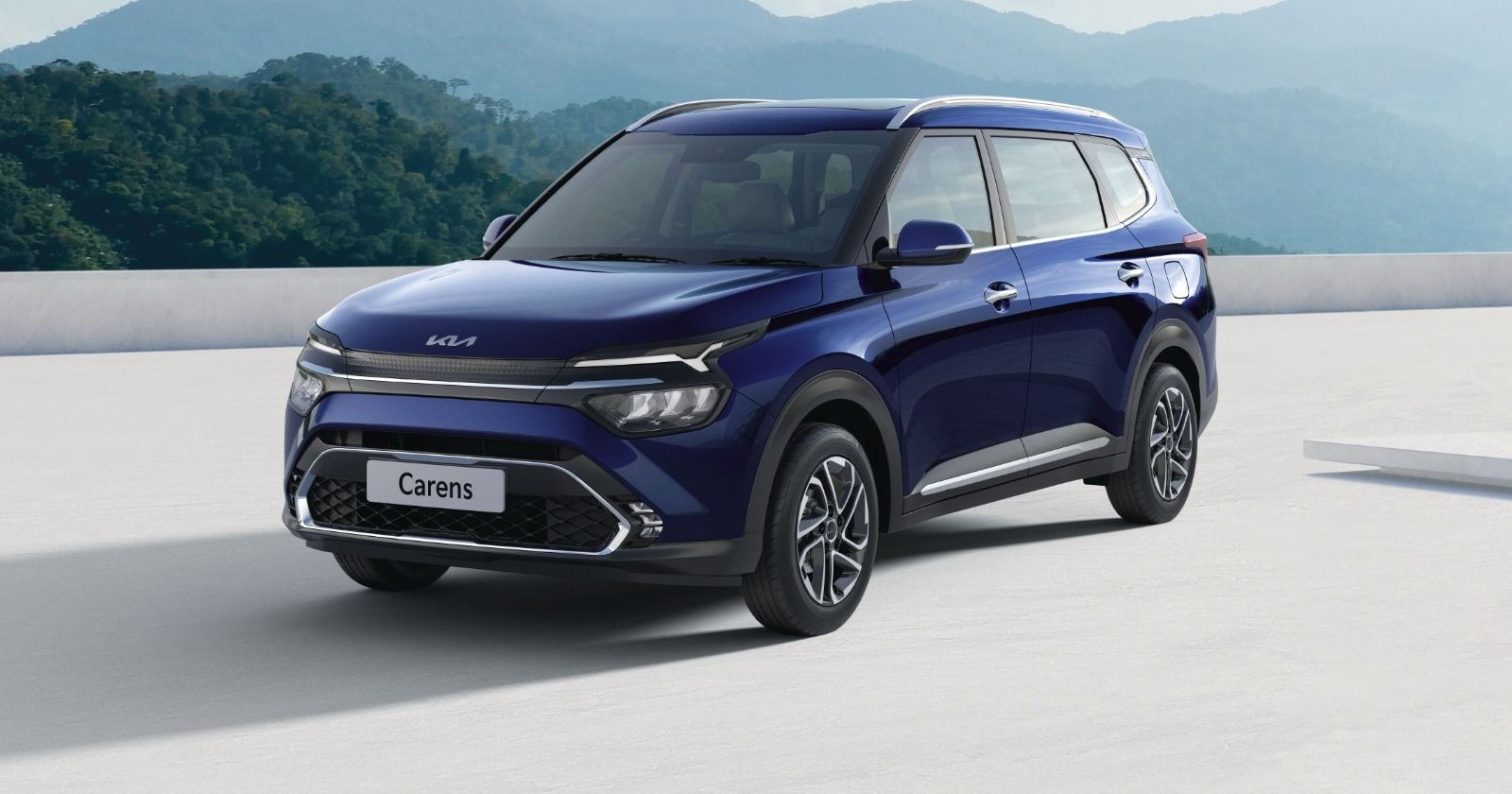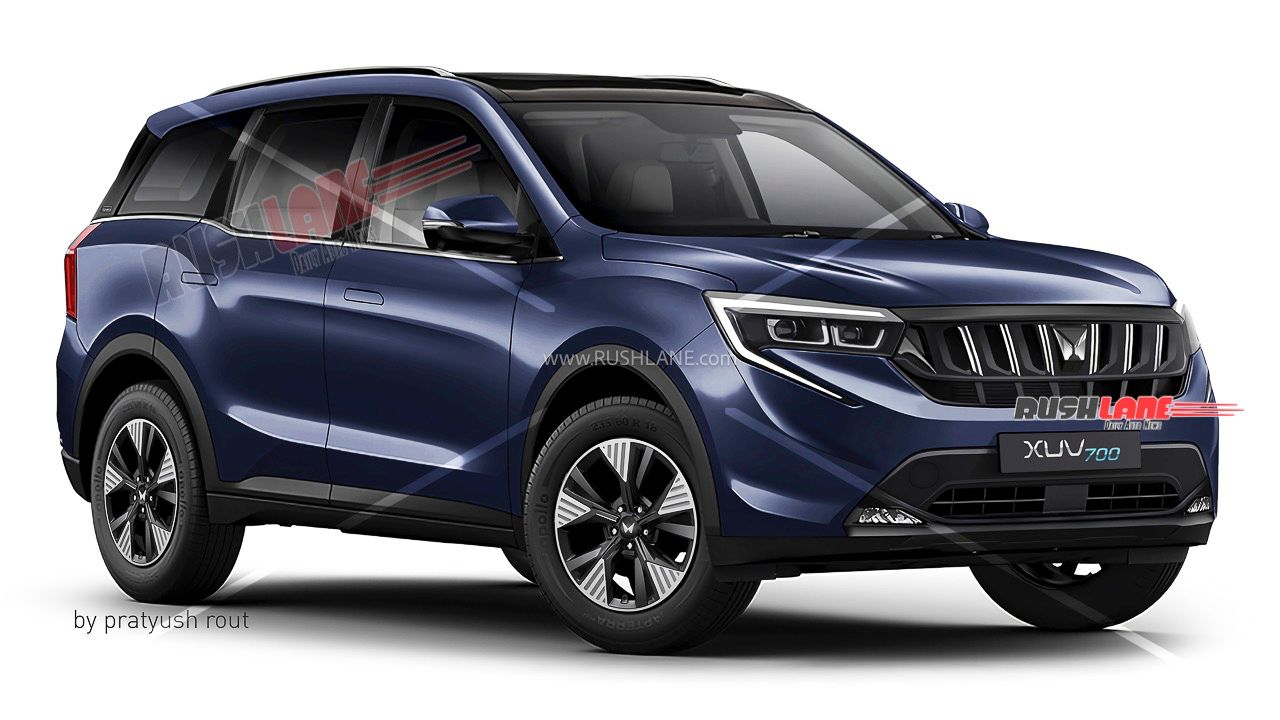Introduction
India’s electric revolution is no longer on the horizon — it’s already arrived, and the fight for supremacy is getting intense. In the middle of the high-voltage battle are two homegrown titans: Tata Motors and Mahindra. On one corner is the Tata Nexon EV, the country’s best-selling electric SUV bar none, buttressed by years of market goodwill, developing technology, and a rebooted future-proofed design.
Mahindra’s XUV400 EV is a bold, muscular challenger that vows to upset the applecart with its roomy interiors, robust performance, and value-for-money promise. This is not merely a comparison of two cars — it’s an ideological showdown. Efficiency against power. Legacy against aspiration. Premium lures against practical value.

EV adoption is on the upswing, and Indian consumers are not just seeing about style — they are witnessing real-world range, clever Tech, robust safety, and a product ready for the future. The query is straightforward, but the response is complex: Which electric SUV should claim your driveway in 2025 — the Tata Nexon EV or the Mahindra XUV400 EV?
Design & Road Presence
The Tata Nexon EV and Mahindra XUV400 EV belong to the same electric SUV segment, and their design ideologies couldn’t be more polar opposite. The Nexon EV, particularly after the recent facelift, follows Tata’s “Fearless” design school — a crisp, futuristic aesthetic that exudes unmistakable road presence. Its stylish LED DRLs, covered-up grille, dynamic alloy wheels, and coupe-like profile are like a genuine next-generation EV designed to turn heads in the city and on the highway.
The Mahindra XUV400 EV is safer in design, taking quite a bit from the ICE-powered XUV300. Though it has some EV-specific features such as copper-colored trimmings and somewhat remodeled front fascia, it is still more in favor of a traditional SUV aesthetic — boxier, wider, and more muscular, some would argue more rugged but less futuristic.
The XUV400 has a length advantage, with more cabin space and a commanding position. Yet the Nexon’s tight urban design makes driving through narrow city streets easier while maintaining a strong, contemporary look.
SUVs are sturdy and well assembled, with the Nexon EV providing marginally better fit and finish inside and out due to Tata’s recent improvements.
Key Design & Road Presence Highlights:
Tata Nexon EV:
- Angular, modern “Fearless” design language
- Sporty coupe roofline and sleek LED illumination
- Urban strong with a premium design language
Mahindra XUV400 EV:
- Derived from XUV300’s mature SUV design language
- Bigger footprint and better road presence
- Traditional styling with copper EV accents
Build Quality:
- Both are solidly built, with stout doors and robust chassis
- Nexon EV is slightly better in terms of fit, finish, and material quality
- Paint quality and panel integration are excellent on both SUVs
Battery, Range & Performance
The Tata Nexon EV and Mahindra XUV400 EV have similarly tight numbers on paper, but the on-road driving experience holds a richer tale.
The Nexon EV has two variants: MR (Medium Range) with a 30 kWh battery pack and LR (Long Range) with a 40.5 kWh pack. The XUV400 also has two trims: EC with a 34.5 kWh battery pack and EL with a 39.4 kWh battery pack. While the battery capacities of the best versions are similar, Mahindra’s engine configuration provides the XUV400 with more oomph off the mark, particularly apparent in its 0–100 km/h time of approximately 8.3 seconds, placing it among the quickest electric SUVs in its segment.
The Nexon EV LR boasts up to 465 km (MIDC), while the XUV400 EL claims 456 km (MIDC). But in the real world, these numbers drop closer to 320–350 km for both, depending on your driving style, terrain, and usage of features like AC or sport mode. Meanwhile, the MR and EC variants hover around 220–250 km in mixed-use conditions.
The XUV400 is more attacking and willing in heavy acceleration, with 150 PS of power and 310 Nm of torque. The Nexon EV LR is close behind with 144 PS and 215 Nm, but makes up for it with a smoother and more refined driving feel, particularly in urban traffic. Tata’s new-generation regen braking system with multiple stages and selectable drive modes (Eco, City, Sport) enables supremely adjustable energy recovery and throttle response. Mahindra’s regen and driving modes are also available, but these come across as more rudimentary in contrast.
The XUV400’s torque-happy powertrain and slightly larger dimensions give it a planted feel at speed. At the same time, the Nexon excels in city traffic, providing better comfort and a more responsive feel in urban conditions.
Important Battery, Range & Performance Highlights:
Nexon EV & XUV400 EV:
- MR: 30 kWh | LR: 40.5 kWh
- EC: 34.5 kWh | EL: 39.4 kWh
Claimed Range (MIDC):
- Nexon EV LR: 465 km | XUV400 EL: 456 km
- Real-world range: ~320–350 km for top trims; ~220–250 km for base trims
Power & Acceleration:
- XUV400: 150 PS, 310 Nm | 0–100 in 8.3 sec
- Nexon EV LR: 144 PS, 215 Nm | Smoother, smoother delivery
Drive Feel:
- Nexon: Better regen tuning, three drive modes, city comfort
- XUV400: Stronger off the block, improved highway punch
Charging Capabilities
The Tata Nexon EV and Mahindra XUV400 EV have competitive propositions but nuances that may tip your buy depending on the application.
SUVs have DC fast charging capability, enabling you to charge 10-80% in less than an hour if you connect them to a suitable public fast charger. The Nexon EV, particularly the LR model, has the capability for up to 50 kW fast charging, and so does the XUV400. Under real-world scenarios, you can look forward to a 10-80% top-up in around 56 minutes in both, though there might be a slight variation depending on the temperature and load of the charger.
Nexon EV offers an optional 7.2 kW wall box charger with LR trim (optional with MR), which can charge the car in 6.5–7 hours. XUV400 has a 3.3 kW or 7.2 kW charger with comparable charging times depending on the trim.
EVs utilize the CCS2 standard, providing broad access to India’s expanding EV charging networks such as Tata Power EZ Charge, Statiq, and ChargeZone. Nexon EV has a marginal advantage with Tata Motors’ charging network, which ties seamlessly into their app and showroom ecosystem.
The ZConnect app provides distant charging status, charger location guidance, pre-cooling, charge scheduling, and battery health checks. Mahindra’s BlueSense Plus app does similar work, but users have complained of the occasional lag or restricted control concerning Tata’s fluid interface.
Important Charging Features:
- Nexon EV & XUV400: 10–80% in ~56 minutes with DC fast charger
- Supports up to 50 kW (DC) fast charging through CCS2
- 7.2 kW charger (LR) = 6.5–7 hrs full charge
- 3.3 kW charger (MR) = 10–11 hrs
- 3.3 kW (base) or 7.2 kW (top) = 6.5–11 hrs, depending on the charger
Plug & Network Compatibility:
- CCS2 port for both, compatible with most Indian charging networks
- Tata EVs have better access to Tata Power EZ Charge stations
App & Connectivity:
- Nexon EV: ZConnect app with remote monitoring, OTA updates, charge scheduling
- XUV400: BlueSense Plus app with simplified remote functionality, less refined experience
Features, Tech & Infotainment
Features, Tech, & Infotainment between Tata Nexon EV, Mahindra XUV400 EV, and other close rivals in the segment — the MG ZS EV, Hyundai Kona Electric, and BYD Atto 3. This presents you with a clear picture of who’s ahead where when it comes to in-cabin technology and premium experience.
Features, Tech & Infotainment Comparison (2025)
| Feature / Model | Tata Nexon EV (LR) | Mahindra XUV400 EL | MG ZS EV | Hyundai Kona Electric | BYD Atto 3 |
| Touchscreen Size | 12.3-inch HD floating display | 10.25-inch touchscreen | 10.1-inch HD touchscreen | 10.25-inch display | 12.8-inch rotating screen |
| Digital Instrument Cluster | 10.25-inch digital cluster | Semi-digital (analog+digital) | Full digital | Digital + analog hybrid | Full digital |
| Connected Car Tech (OTA support) | Yes (ZConnect + OTA updates) | Yes (BlueSense Plus, no OTA) | Yes (iSmart, OTA capable) | Yes (Bluelink, OTA capable) | Yes (DiLink OS, OTA) |
| ADAS (L2 / Safety Suite) | Not available | Not available | Advanced (Top variant) | Basic ADAS (2025 variant) | L2 ADAS |
| 360° Camera | Yes (Top variants) | Not available | Yes | Yes | Yes |
| Ventilated Seats | Front row | Not available | Front row | Front row | Front row |
| Wireless Android Auto / Apple CarPlay | Fully wireless | Wired only | Wireless | Wireless | Wireless |
| Sound System | JBL Premium 6-speaker system | Harman 4-speaker system | 6-speaker Premium Audio | 8-speaker Krell system | Dirac HD Audio (8 speakers) |
| Voice Commands & AI Assist | Yes (multilingual) | Basic voice control | Yes | Yes | Advanced AI Assist |
- Tata Nexon EV: One of the most luxurious infotainment suites in the sub-₹20 lakh segment, with a humongous touchscreen, 360 cam, wireless technology, and OTA capabilities.
- Mahindra XUV400: Fails in tech development, particularly with no ADAS, no ventilated seats, and economical infotainment; a generation behind in this area.
- MG ZS EV: Excellent tech pack with ADAS, decent display, and intelligent connectivity.
- Hyundai Kona: Well-balanced features, but beginning to look old compared to newer vehicles.
- BYD Atto 3: Most tech-stacked SUV with sophisticated ADAS, turnable display, and luxurious audio experience — but at a higher price.
Interior Comfort & Space
The Tata Nexon EV presents you with a futuristic yet functional cabin. Applying layered textures, soft-touch surfaces, and a minimalist dashboard design contributes to its premium quality. Fit and finish are much better after the facelift, with more taut panel gaps and adequately damped controls. Ambient lighting along the dash and doors with subtle hints enhances the night driving experience, giving it a tech-wiz feel.
The Nexon EV wins hands down on features and functionality with a voice-controlled sunroof, properly cushioned ventilated front seats (in higher trims), wireless charging, and valuable storage places like a cooled glovebox and armrest with a sliding action. Mahindra offers simple storage bins and a manual sunroof, but lacks refinement in small usability aspects.
The Mahindra XUV400 EV, on the other hand, is more about ruggedness than refinement. The dashboard layout feels old-fashioned versus the Nexon’s crisp, floating console design. Hard plastics are more in evidence, and although the seats are broad and well-bolstered, overall cabin quality isn’t quite as sharp as Tata’s contemporary sheen.
The XUV400 scores a win. It boasts a longer wheelbase, with more leg space and improved under-thigh support. There is also extra headroom for taller passengers. The Nexon EV, though spacious enough for four adults, is a tad cramped at the back for longer drives.
The XUV400 is ahead with approximately 378 liters, as opposed to the Nexon EV’s 350 liters.
Safety & Build Quality
The Tata Nexon EV and the Mahindra XUV400 EV are pillars of strength, with both SUVs receiving robust crash test ratings. Although the electric models haven’t been tested separately by GNCAP yet, the ICE version of the Nexon carries a 5-star Global NCAP rating, the first Indian car to do so. The XUV400, however, shares the same platform as the XUV300, which had achieved a 5-star GNCAP rating and brought reasonable assurance on structural safety.
SUVs are well-equipped with six airbags, Electronic Stability Program (ESP), Hill Hold Assist, Traction Control, All 4-Wheel Disc Brakes, and Tyre Pressure Monitoring System (TPMS) in their range-topping trims. Nexon EV also has iTPMS (indirect system), but Mahindra offers ISOFIX as standard. However, neither has ADAS or autonomous safety tech, putting them somewhat behind to newer global competition.
Tata’s Nexon EV rides on the tried and tested GEN2 platform with extensive reinforcements for battery safety and crash-absorbing zones. Its structural stiffness is designed to handle frontal and side impacts efficiently, which is one of the primary reasons it is one of the safest compact SUVs in the country. The XUV400, which is based on Mahindra’s MESMA platform, also provides robust structural rigidity, courtesy of high-tensile steel usage and a flat floor battery pack that reduces the center of gravity and enhances rollover resistance.
Pricing, Variants & Value
The Mahindra XUV400 EV and Tata Nexon EV are priced to compete directly, but they approach the value with a slightly different angle. The Nexon EV MR (Medium Range) begins at about ₹14.49 lakh, and the LR (Long Range) tops out at ₹19.29 lakh (ex-showroom) based on the variant. Mahindra’s XUV400 EC starts around ₹15.49 lakh, and the top-of-the-line EL with the larger battery tops at about ₹17.49 lakh.
XUV400 is cheaper than long-range variants, leaving Nexon EV LR short by almost ₹2 lakh. But the feature-to-value ratio is different. Tata delivers a more lavish list of equipment, such as a 12.3-inch display, 360° camera, wireless phone connectivity, and much-improved infotainment. Mahindra, while being economical, is deprived of some of the premium amenities, leaving it less technology-rich at the price point.
The Nexon EV has a slight advantage due to its longer tenure in the market, greater brand trust, and larger service network. Tata’s lifetime battery warranty (15 years) for the original owner also makes customers more confident. The 8-year/160,000 km battery warranty by Mahindra is decent, but short of the long-term guarantee Tata now offers.
Operating costs are minimal for both SUVs, with per-kilometer electricity expense ranging around ₹0.85–₹1.2, depending on your charging profile. Tata’s EZ Charge network provides greater convenience, while Mahindra depends on third-party networks. On the ownership experience front, Nexon EV users have the advantage of more mature software updates, improved app support, and a broader user base — something Mahindra is slowly working toward.
Conclusion
The Tata Nexon EV and the Mahindra XUV400 EV are what you prioritize most in your electric SUV. Suppose you desire a smart, feature-laden, and tech-savvy car that’s future-proof in feel. In that case, the Nexon EV leads the way with its more angular design, high-end infotainment, lifetime warranty on the battery, and smoother city driving experience. It’s a mature-feeling product — in technology and ownership ecosystem — that provides a refined all-around package to city dwellers who desire connected mobility with panache.
The XUV400 EV is an enticing option. It provides more assertive acceleration, a larger boot, and additional rear space, positioning it well for highway cruising and family duty. As much as it lacks Tata in connected features or interior tactility, it gets it right where it counts for utilitarian buyers who require excellent electric range and driving poise on a budget.
FAQs
Q1. Whose range is better — Nexon EV or XUV400?
The Nexon EV LR has a slightly higher claimed range (465 km) than the XUV400 EL (456 km), but,378-liter real-world range is comparable, about 320–350 km based on driving conditions.
Q2. Which one is cheaper?
The XUV400 EL (₹17.49 lakh) beats the Nexon EV LR (₹19.29 lakh) on price for long-range buyers, while sacrificing some premium trims.
Q3. Which is better in terms of features and Tech?
The Nexon EV takes the cake with a 12.3-inch screen, 360° camera, wireless Apple CarPlay/Android Auto, ventilated seats, and OTA updates — more sophisticated than the feature list of the XUV400.
Q4. Which SUV is quicker?
The Mahindra XUV400 accelerates faster (0–100 km/h in 8.3 seconds) with its 150 PS engine and is hence more performance-oriented than the Nexon EV.
Q5. Which one is safer?
Both SUVs are built on 5-star GNCAP-rated ICE platforms. However, Nexon EV adds an extra safety sheen by providing better app integration and battery protection features.
Q6. Which is better for city use?
The Nexon EV delivers smoother ride quality, improved regen controls, and a small footprint, making it perfect for daily urban use.
Q7. Which one has more space and boot capacity?
The XUV400 offers more rear legroom and a bigger 378-litre boot, making it suitable for highway travel and family use.
Q8. Do both support fast charging?
The Nexon EV and XUV400 offer DC fast charging (50 kW), charging 10–80% in less than 60 minutes.
Q9. Which one comes with a better warranty?
Tata Nexon EV provides a lifetime battery warranty (15 years) for the original owner, whereas Mahindra provides an 8-year/160,000 km battery warranty.
Q10. Which one should I buy in 2025?
The Nexon EV is for those who desire premium technology and long-term maintenance. Opt for the XUV400 if you value space, higher performance, and a superior price-to-range ratio.




